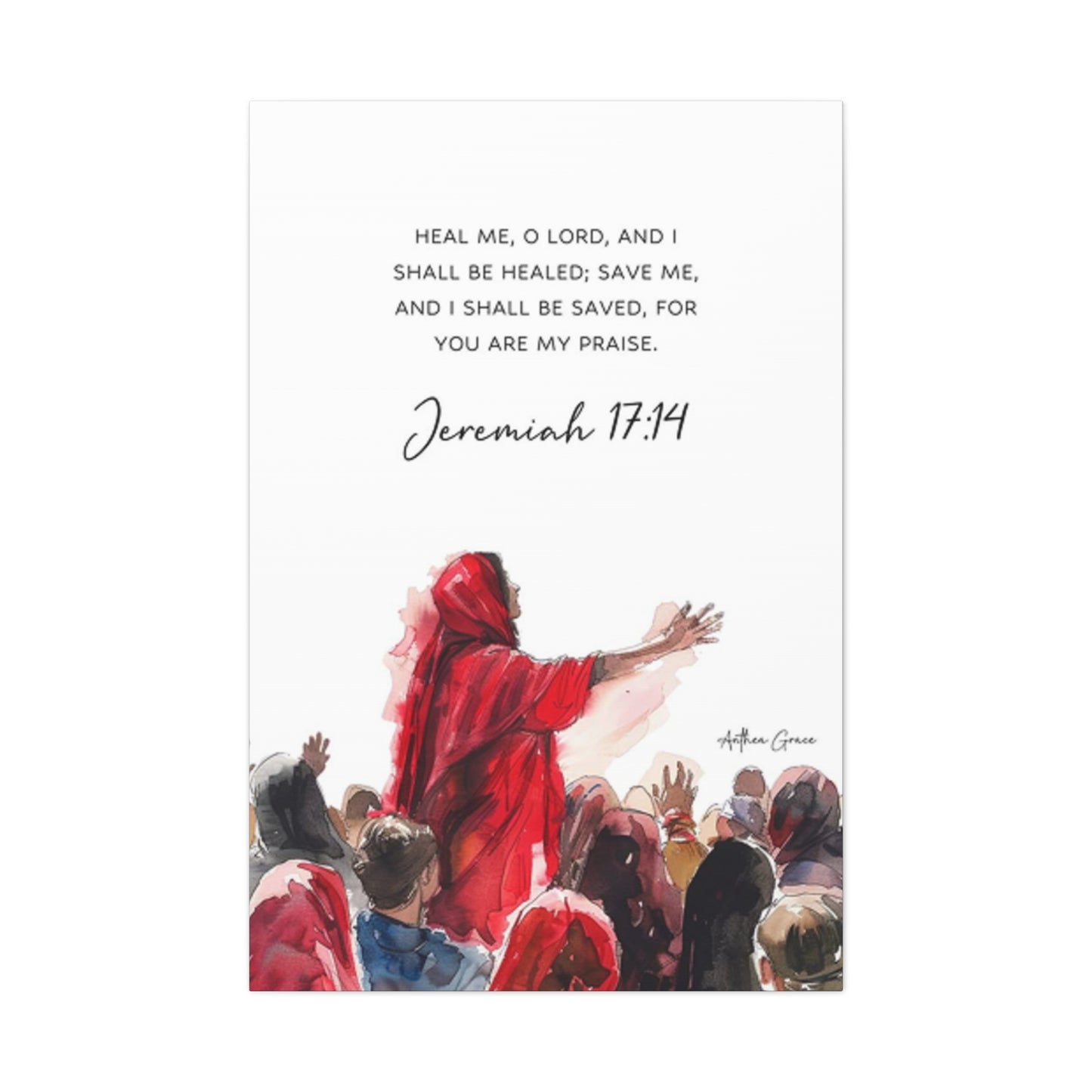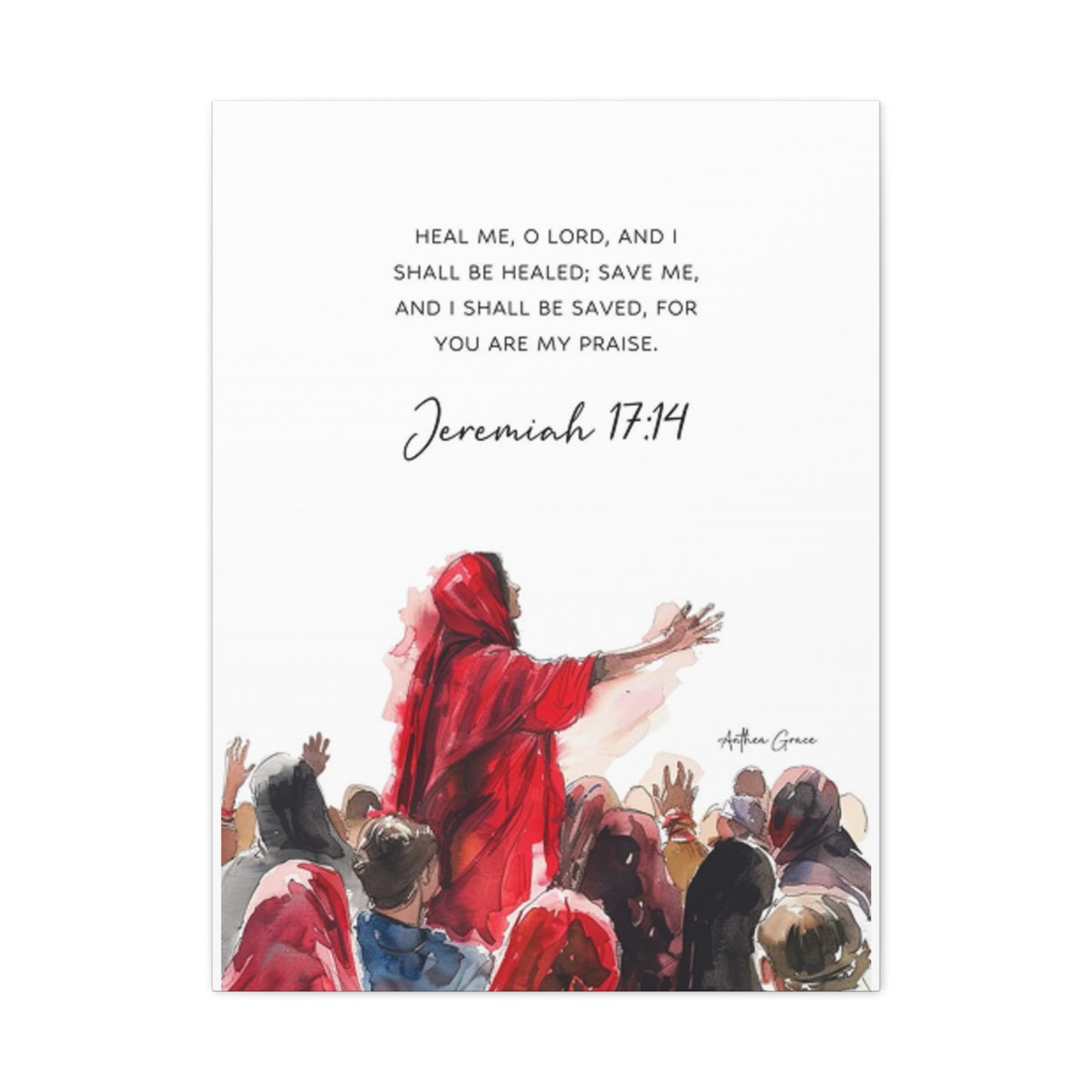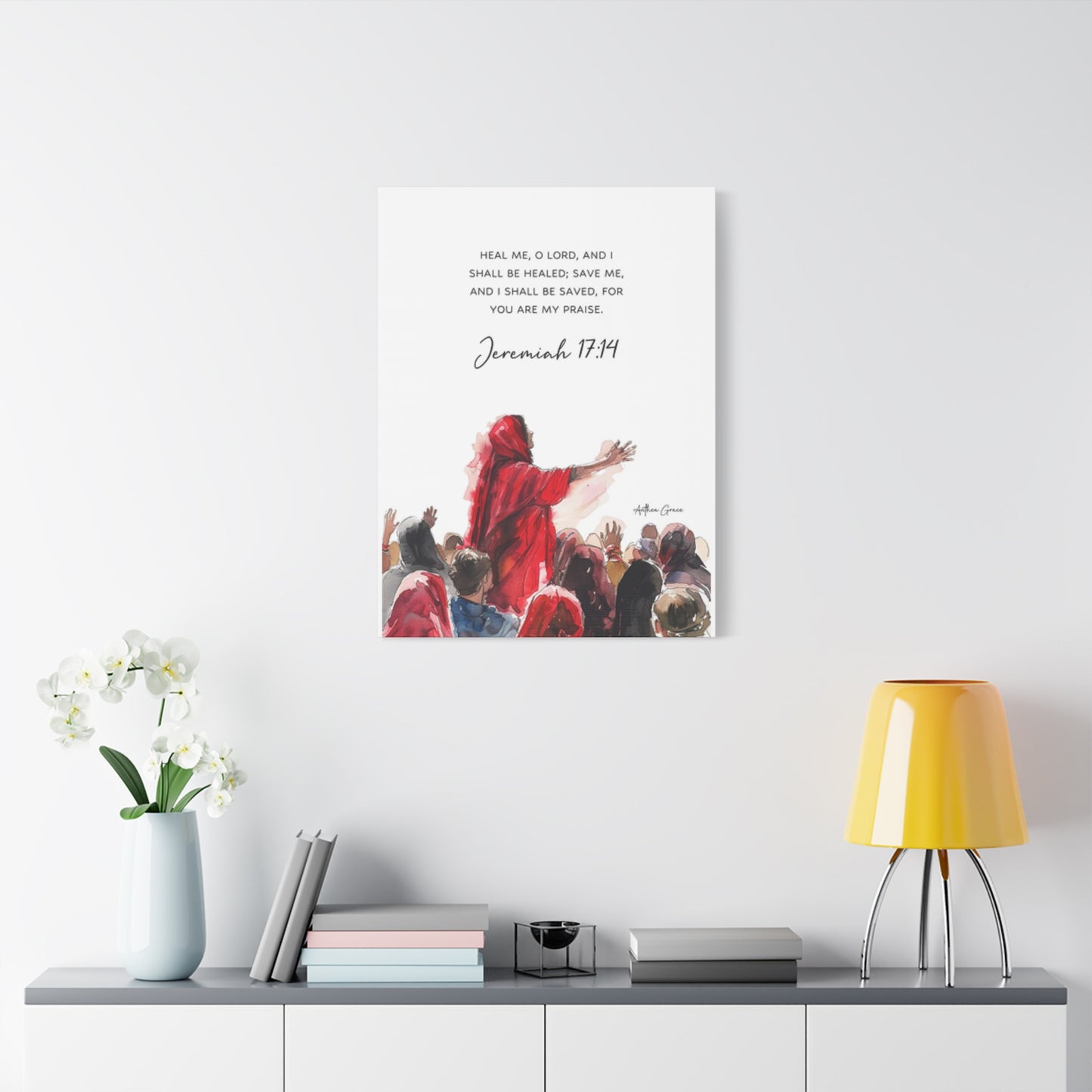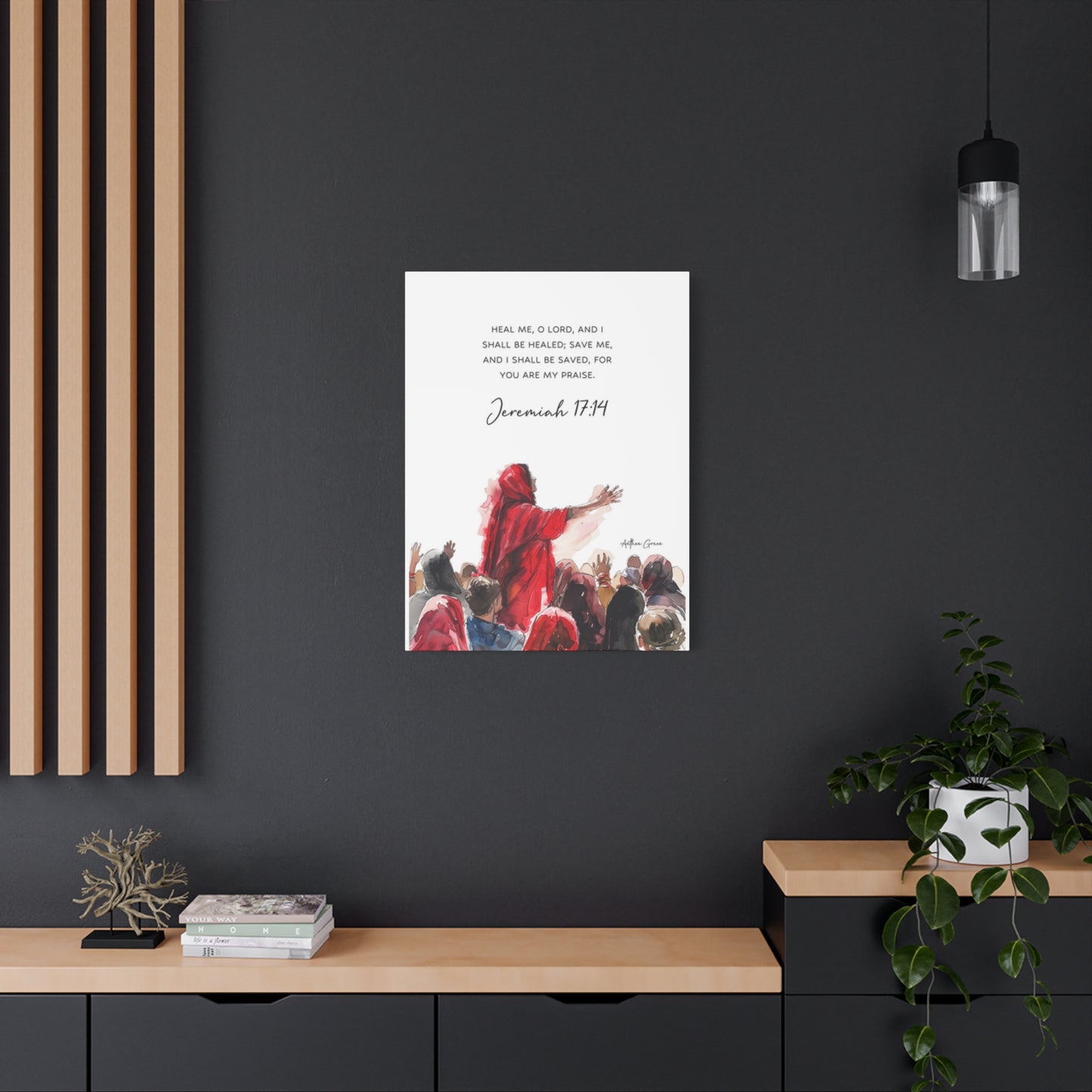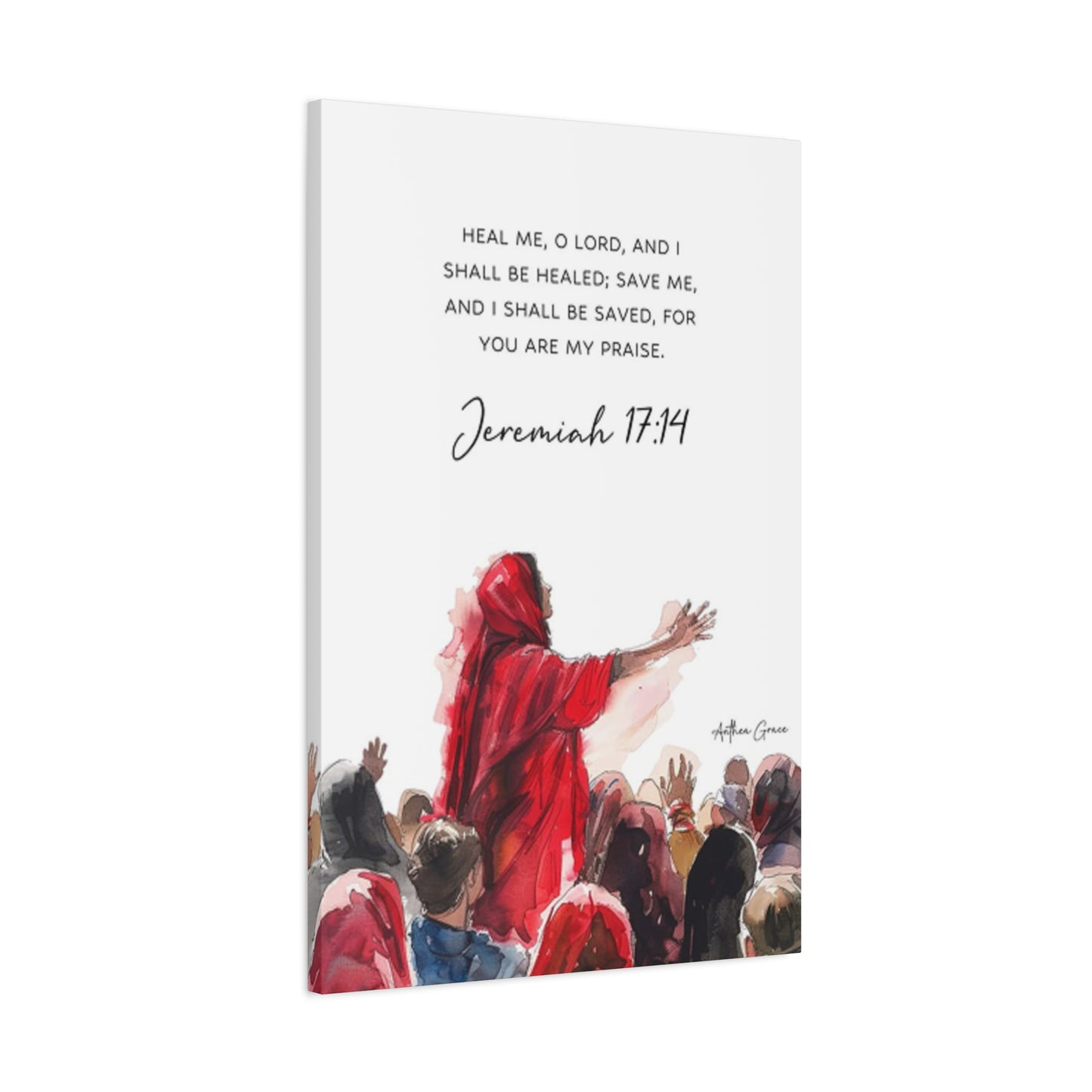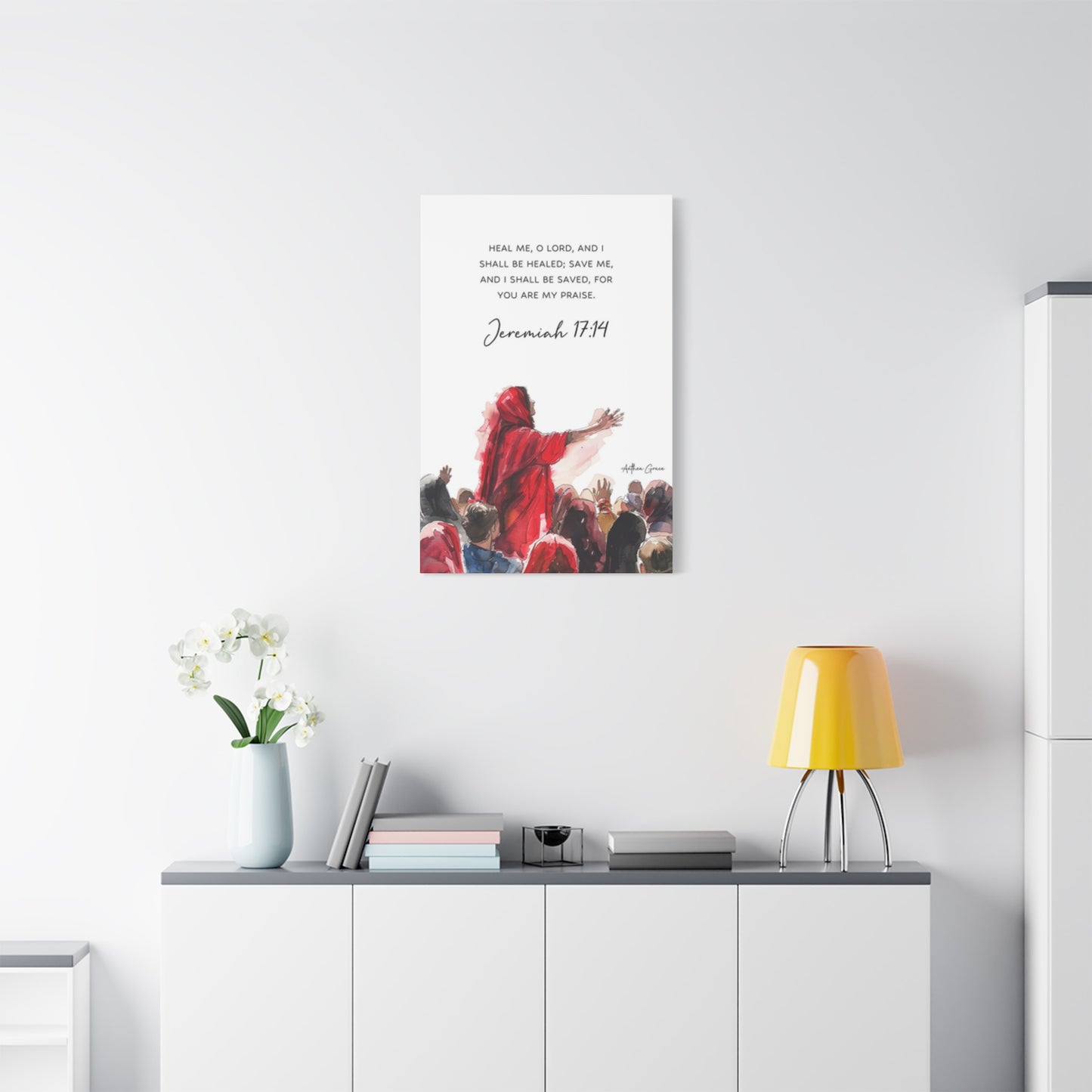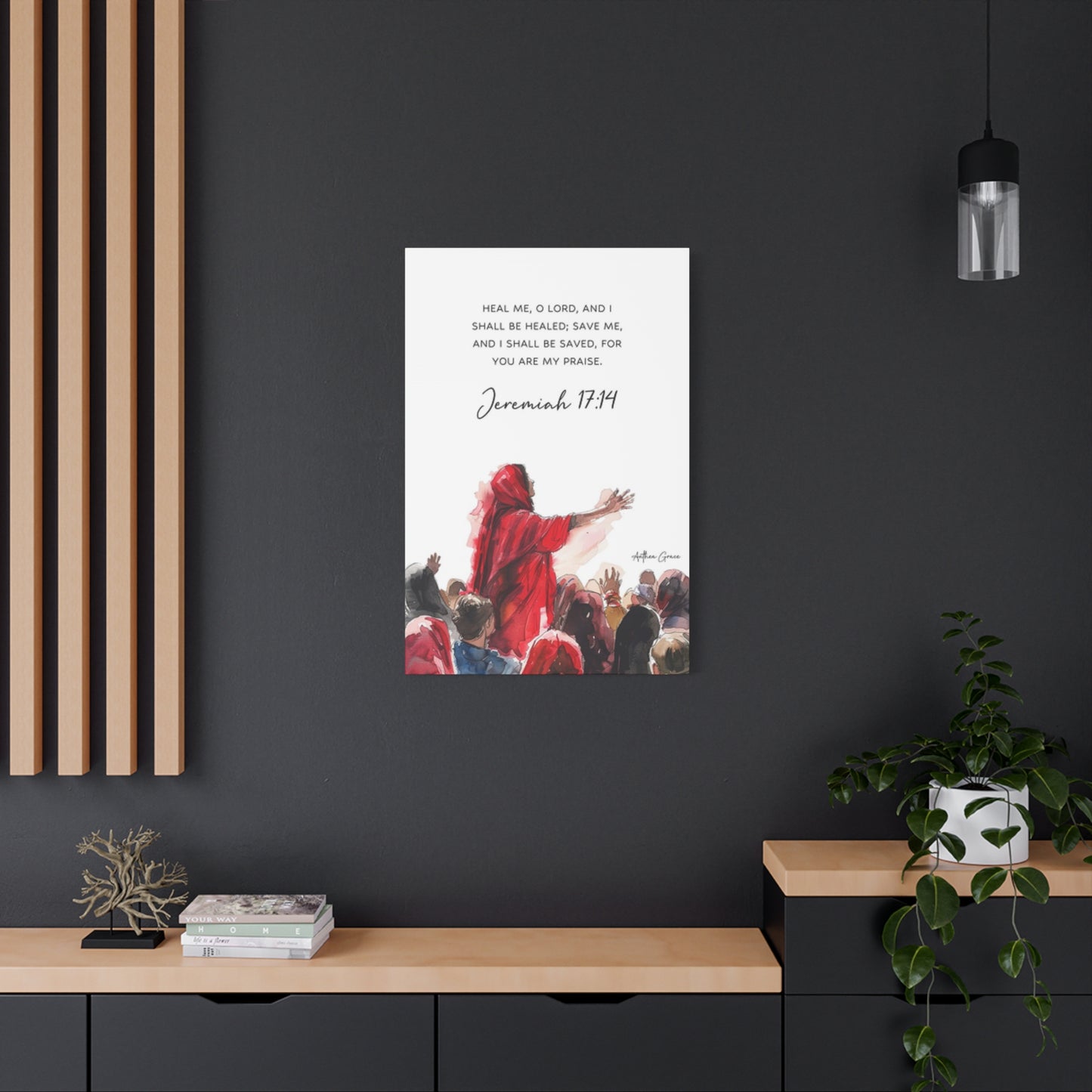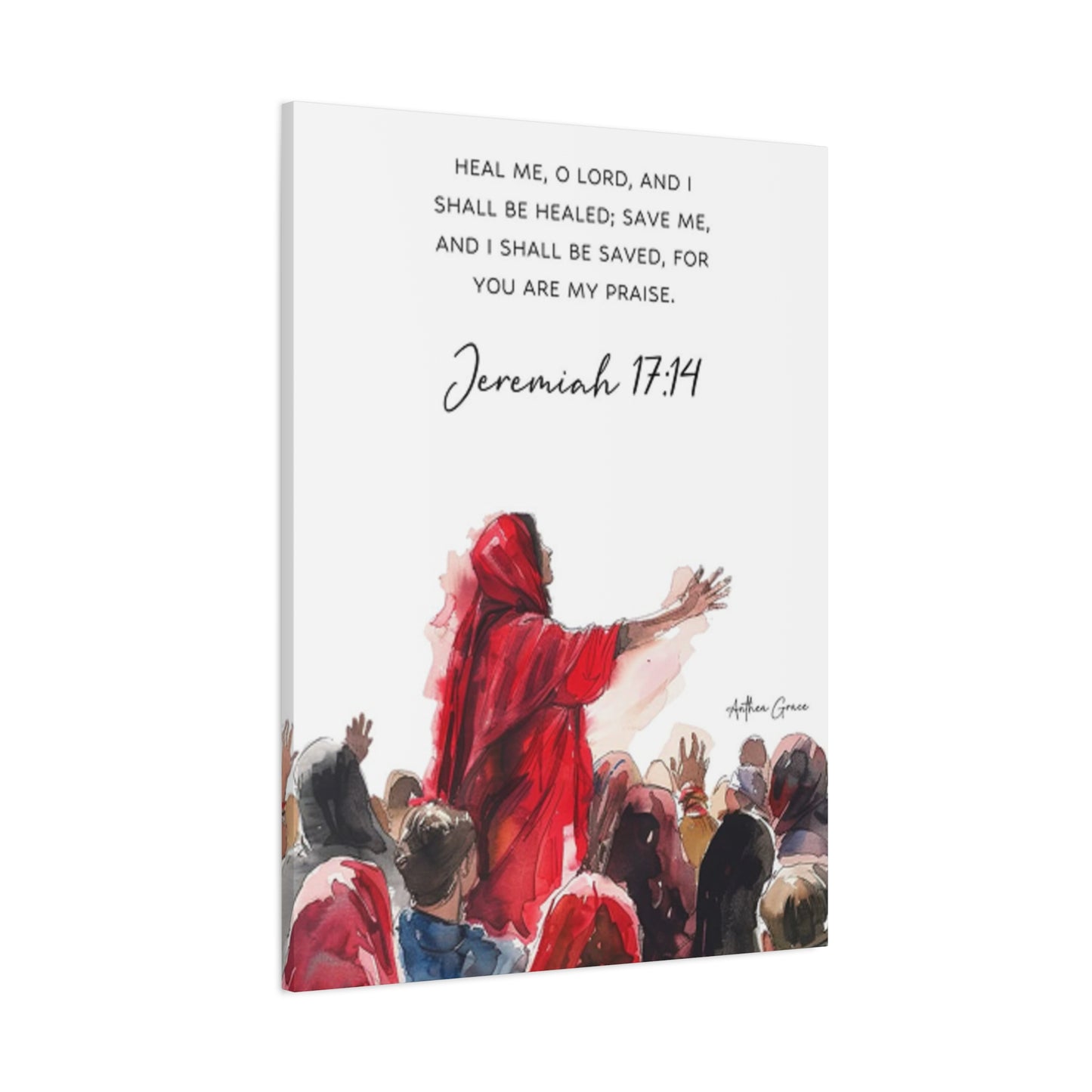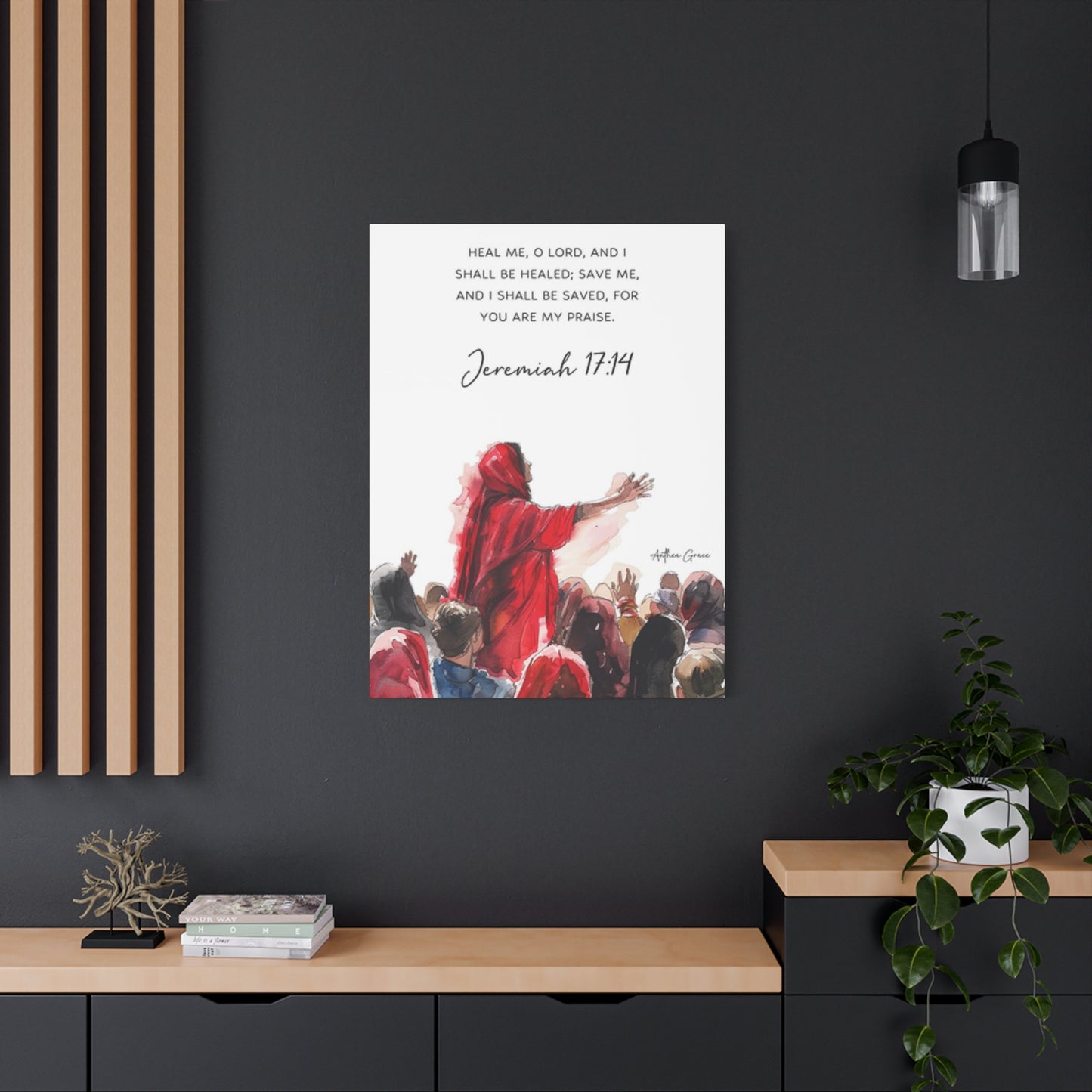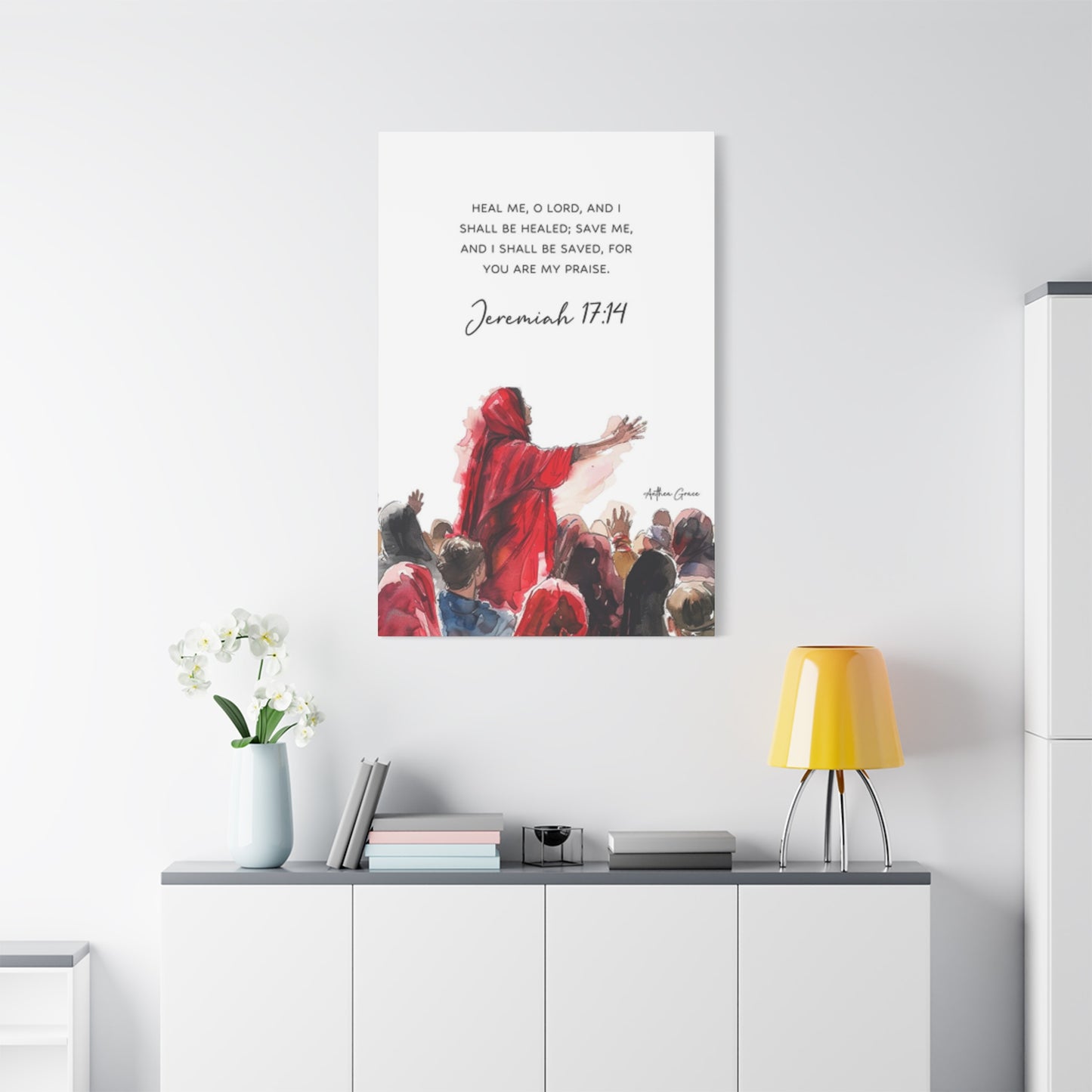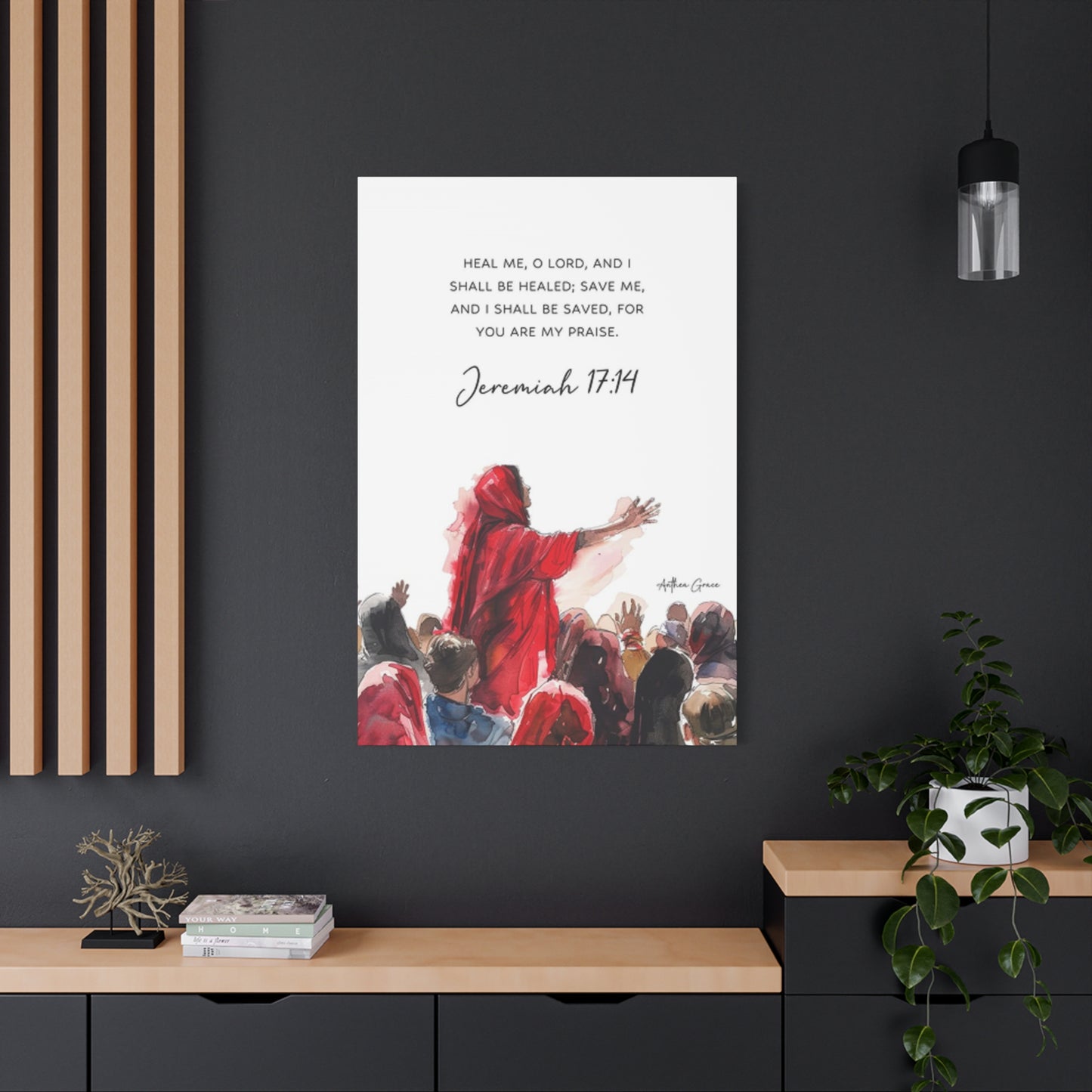Gods Grace Poster Wall Art & Canvas Prints
Gods Grace Poster Wall Art & Canvas Prints
Couldn't load pickup availability
Creating Sacred Spaces with Gods Grace Poster Wall Art and Spiritual Decor Elements
The concept of adorning living spaces with celestial imagery has transcended centuries, bridging ancient traditions with contemporary interior design sensibilities. When individuals seek to infuse their environments with spiritual resonance, they often turn to visual representations that capture divine essence and heavenly magnificence. The practice of incorporating sacred artwork into domestic and communal settings serves multiple purposes, from personal devotion to aesthetic enhancement, creating sanctuaries that nurture the soul while pleasing the eye.
Throughout human civilization, people have sought tangible connections to the transcendent realm through artistic expression. This universal yearning manifests in various forms across different cultures and belief systems, yet the fundamental desire remains constant: to create physical spaces that reflect spiritual aspirations and provide comfort through visual reminders of grace, mercy, and celestial protection. The contemporary marketplace offers countless options for those seeking to bring this dimension into their homes, offices, or places of worship.
Exploring Varieties of Celestial Artwork for Modern Living Environments
The realm of spiritual decor encompasses an extraordinary range of styles, mediums, and interpretations. From classical Renaissance-inspired compositions featuring angelic figures bathed in golden light to minimalist contemporary designs that suggest divine presence through abstract symbolism, the spectrum accommodates diverse aesthetic preferences and doctrinal perspectives. Each piece carries its own narrative, inviting contemplation and evoking distinct emotional responses from those who encounter it.
Traditional representations often draw from established iconographic conventions, depicting recognizable scenes from sacred texts or portraying celestial beings according to longstanding artistic traditions. These works provide viewers with familiar touchstones, connecting contemporary spaces to centuries of devotional art. The visual language employed in such pieces typically includes specific color palettes—rich golds symbolizing divine radiance, deep blues representing heavenly realms, and luminous whites suggesting purity and transcendence.
Conversely, modern interpretations may eschew literal representations in favor of evocative imagery that captures spiritual essence without adhering to conventional forms. These contemporary approaches often resonate with individuals seeking more subtle expressions of faith or those who appreciate artistic innovation while maintaining spiritual significance. Such pieces might employ atmospheric effects, symbolic geometry, or expressive techniques that convey divine themes through suggestion rather than explicit depiction.
The material choices available to contemporary consumers extend far beyond traditional canvas paintings. High-quality photographic prints, digital renderings on various substrates, metal transfers, wooden panels, and even textile wall hangings all serve as vehicles for spiritual imagery. Each medium brings distinct characteristics to the presentation, affecting how light interacts with the surface, the texture available to the touch, and the overall visual impact within a given space.
Selecting Appropriate Sacred Imagery for Different Residential and Commercial Settings
The process of choosing celestial artwork requires thoughtful consideration of multiple factors beyond mere aesthetic appeal. The intended location significantly influences which pieces will prove most effective in achieving desired atmospheric effects. Spaces dedicated to quiet reflection demand different visual approaches than areas intended for communal gathering or daily activity. Understanding these contextual requirements enables more intentional selection that enhances rather than conflicts with a room's primary purpose.
Private devotional spaces benefit from intimate-scale works that invite close viewing and personal connection. These sanctuaries within the home might accommodate more detailed compositions that reward sustained attention, revealing layers of meaning through careful observation. The proximity of viewer to artwork in such settings allows for subtleties that might be lost in larger, more public contexts. Color saturation, fine details, and nuanced symbolism all contribute to creating an atmosphere conducive to prayer, meditation, or contemplative practice.
Living rooms and common areas present different considerations, as these spaces accommodate multiple activities and diverse audiences. Here, artwork must strike a balance between spiritual significance and broader aesthetic harmony. Pieces selected for these environments often feature more universally accessible imagery—scenes of natural beauty imbued with divine presence, representations of peace and serenity, or symbolic compositions that suggest transcendence without requiring specialized interpretive knowledge. The scale typically expands to match the proportions of larger spaces, ensuring visual impact without overwhelming other design elements.
Bedroom environments invite selections that promote tranquility and provide comfort during vulnerable hours. Many people find particular solace in imagery suggesting protection, peaceful rest, or gentle guardianship. The color schemes in such works often lean toward softer palettes that complement restful atmospheres rather than stimulating energy. Placement considerations in sleeping quarters also differ, with many preferring focal points visible from the bed itself, creating a last sight before sleep and first view upon waking.
Office environments and workspaces benefit from spiritual imagery that inspires without distracting from productivity. Subtle reminders of grace and higher purpose can provide encouragement during challenging moments while maintaining professional atmosphere. Compact formats or strategically placed larger pieces can serve this function effectively, offering visual respite during breaks while avoiding domination of the work environment's primary purposes.
Color Psychology and Symbolic Significance in Sacred Visual Representations
The chromatic choices embedded within celestial artwork carry profound psychological and symbolic weight, influencing viewer responses at both conscious and subconscious levels. Understanding these associations enables more intentional selection aligned with desired emotional and spiritual outcomes. Different hues evoke distinct moods, trigger varied psychological responses, and carry culturally specific symbolic meanings that have evolved across centuries of artistic tradition.
Golden tones have long represented divine radiance, celestial glory, and the ineffable quality of grace itself. This association stems from multiple sources: the precious nature of gold as a material, its reflective properties that suggest illumination from within, and its appearance in natural phenomena like sunrise and sunset that have historically inspired spiritual awe. Artwork employing rich gold accents or overall golden palettes tends to create atmospheres of warmth, abundance, and spiritual richness. These pieces can energize spaces while maintaining sacred character, particularly effective in areas where inspiration and uplift are desired outcomes.
Azure blues spanning from pale sky tones to deep midnight shades evoke vastness, infinity, and the realm beyond earthly limitations. The association between blue and the heavens operates across numerous cultural contexts, making it perhaps the most universally recognized color for depicting divine domains. Artwork featuring predominant blue palettes often promotes feelings of tranquility, expansiveness, and contemplative calm. These pieces prove particularly effective in meditation spaces or areas intended for stress reduction and peaceful reflection.
Whites and luminous pale tones suggest purity, clarity, and transcendence. The use of white space within compositions can create breathing room that allows other elements to resonate more powerfully, while overall light palettes contribute to sensations of cleanliness, renewal, and spiritual clarity. Such works often feel particularly appropriate in spaces undergoing transition or renewal, symbolically supporting processes of growth and transformation.
Crimson reds and warm rose tones carry associations with divine love, sacrifice, and passionate devotion. While potentially overwhelming in excess, strategic use of red within celestial compositions can add emotional intensity and warmth that balances cooler tones. These hues connect viewers to themes of compassion, fervent faith, and the transformative power of grace operating through love.
Verdant greens representing nature, growth, and life eternal offer yet another symbolic dimension. Though less commonly associated with heavenly realms than blues and golds, green's connections to renewal, fertility, and the natural world's cycles make it meaningful in spiritual contexts emphasizing creation, providence, and the divine presence operating through natural processes. Artwork incorporating significant green elements can help bridge indoor spaces with the outdoor world, suggesting divine immanence throughout creation.
Framing Considerations and Presentation Methods That Enhance Sacred Artwork
The manner in which celestial imagery is presented significantly impacts its visual effectiveness and symbolic resonance. Framing choices extend far beyond mere practical considerations of protection and mounting, functioning as integral components of the overall aesthetic statement. The frame serves as a threshold between ordinary space and the sacred realm depicted within the artwork, making its selection a matter of both artistic and spiritual importance.
Traditional wooden frames with ornate detailing complement classical religious artwork, echoing the architectural elements found in historic places of worship. These substantial borders create a sense of permanence and gravitas appropriate to the timeless themes contained within the imagery. The choice of wood species, finish, and decorative elements can either harmonize with existing room decor or deliberately contrast to emphasize the artwork's special significance. Rich mahogany frames suggest dignity and tradition, while lighter woods like oak or pine offer warmth without overwhelming visual weight.
Gilded frames featuring gold leaf or metallic finishes naturally complement artwork containing similar tones while adding an element of luxury and reverence. The reflective quality of such frames causes them to interact dynamically with changing light conditions throughout the day, creating subtle variations in how the entire presentation appears. This temporal dimension adds another layer of interest, ensuring the artwork continues revealing new aspects over time rather than becoming static wallpaper that fades into background awareness.
Contemporary minimalist frames or frameless mounting options appeal to those preferring cleaner aesthetics or working within modern design contexts. These approaches allow the imagery itself to dominate viewer attention without competition from elaborate borders. Floating mounts, gallery wraps extending image content around canvas edges, or simple metal frames in brushed finishes all represent viable options that maintain focus on content while providing necessary structural support and protection.
Matting decisions deserve careful consideration as well, with the space between frame and image serving important visual functions. Generous matting creates breathing room that prevents compositional elements from feeling cramped, while also providing neutral territory that helps the eye transition from surrounding environment into the depicted scene. Mat color selection requires coordination with both the artwork's palette and the room's overall color scheme, with neutral tones generally offering the safest choices that won't compete for attention or clash with other design elements.
Protective glazing presents another decision point, with options including standard glass, non-reflective glass, acrylic alternatives, and museum-quality materials offering varying levels of clarity, protection, and light management. Reflective surfaces can create viewing challenges in spaces with strong lighting or windows opposite the artwork's location, potentially requiring specialized anti-glare solutions. The investment in superior glazing materials often proves worthwhile for particularly meaningful or valuable pieces, ensuring their preservation and optimal viewing conditions for decades.
Strategic Placement Principles for Maximizing Spiritual Impact Within Rooms
The location where sacred artwork resides within a space dramatically affects both its visual impact and its capacity to fulfill spiritual functions. Thoughtful placement considers multiple factors including lighting conditions, sightlines, room traffic patterns, and the psychological effects of positioning. These decisions can mean the difference between artwork that actively enhances daily life and pieces that become overlooked background elements.
Height considerations rank among the most fundamental placement principles, with the general guideline suggesting that artwork center points should align approximately with average eye level when viewers are in typical positions for that space. For living rooms where people are usually seated, this may mean hanging pieces lower than in hallways where viewers pass standing. However, sacred artwork sometimes benefits from elevated placement that requires viewers to lift their gaze slightly, a subtle gesture that can reinforce the act of looking toward higher realms. This upward glance mimics the physical posture traditionally associated with prayer and aspiration.
Focal wall selection determines much about how artwork integrates into room dynamics. The most prominent wall in any space—typically the first visible upon entering or the largest uninterrupted surface—offers maximum impact potential but also faces the most competition from other visual elements. Placing a Gods Grace poster wall art piece on such a prominent wall makes a clear statement about priorities and values, immediately communicating to visitors that spiritual dimensions matter within this environment. Alternatively, positioning sacred imagery on more intimate walls visible primarily to residents creates private sanctuaries less subject to outside commentary.
Lighting profoundly affects how artwork appears and how effectively it draws attention. Natural light varies throughout the day and seasons, creating different moods and emphasizing different aspects of the composition at various times. While this variability adds interest, it also requires consideration of potential issues like direct sunlight causing fading or glare obscuring details at certain hours. Artificial lighting offers more control, with options including picture lights mounted directly on frames, track lighting directed at specific pieces, or ambient room lighting designed to adequately illuminate walls without creating harsh shadows or reflections.
Grouping multiple pieces requires careful orchestration to avoid visual chaos while creating meaningful relationships between individual works. Gallery wall arrangements can tell stories or explore themes through juxtaposition of related imagery. When assembling such collections, maintaining consistent spacing between pieces and establishing an organizing principle—whether thematic, chromatic, or stylistic—helps create coherence. Alternatively, a single substantial piece often makes a stronger statement than multiple smaller works competing for attention, particularly when space limitations or existing visual complexity argue for simplicity.
Relationship to furniture and architectural elements affects both practical viewing and symbolic resonance. Positioning sacred imagery above altars, prayer corners, or meditation cushions reinforces these areas' designated purposes while creating visual anchors for devotional practice. Similarly, artwork placed to be visible from particular seats or locations where family members regularly gather can provide consistent touchpoints throughout daily routines. Avoiding placement where artwork might be obscured by doors, blocked by furniture, or positioned awkwardly relative to windows ensures each piece can fulfill its intended role without practical impediments.
Preserving and Maintaining the Quality of Celestial Wall Decorations Over Time
Investment in meaningful spiritual artwork deserves protection through proper preservation practices that ensure longevity and sustained visual appeal. Environmental factors, handling protocols, and periodic maintenance all contribute to how well pieces endure through years of display. Understanding potential threats and implementing preventive measures proves far easier and more cost-effective than attempting remediation after damage occurs.
Light exposure represents perhaps the most significant threat to artwork longevity, with both natural and artificial illumination capable of causing gradual fading, discoloration, and material degradation. Ultraviolet radiation proves particularly damaging, breaking down pigments and substrates at the molecular level. While completely eliminating light exposure contradicts the purpose of displaying artwork, several strategies minimize damage. UV-filtering glazing blocks harmful wavelengths while allowing visible light to pass through. Window treatments that diffuse or block direct sunlight during peak intensity hours protect pieces positioned near windows. Rotating which lights remain on and for how long reduces cumulative exposure without relegating artwork to darkness.
Humidity fluctuations cause materials to expand and contract, potentially leading to warping, cracking, or separation of layered components. Maintaining relatively stable humidity levels between forty and fifty-five percent provides ideal conditions for most artwork types. Regions with extreme seasonal variations may require humidifiers during dry months and dehumidifiers during humid periods. Avoiding placement near sources of moisture like kitchens, bathrooms, or exterior walls prone to condensation prevents localized humidity problems that might affect individual pieces.
Temperature stability matters as well, with rapid fluctuations or sustained extreme heat causing similar expansion and contraction issues as humidity changes. Positioning artwork away from heating vents, radiators, fireplaces, and exterior walls exposed to direct sun prevents localized temperature problems. Maintaining consistent comfortable indoor temperatures suitable for human inhabitants generally proves adequate for artwork preservation as well.
Physical contact represents another damage vector, with oils from hands, accidental bumps, and contact with other objects all potentially marring surfaces or causing structural damage. Framing artwork behind protective glazing prevents direct touching of vulnerable surfaces while still allowing full visibility. When handling unframed pieces or those requiring relocation, clean hands or cotton gloves prevent oil transfer, and supporting works from beneath rather than gripping edges reduces stress on frames and substrates.
Periodic cleaning maintains visual clarity and prevents accumulation of damaging deposits. For framed pieces behind glass or acrylic, gentle wiping with appropriate cleaning solutions and soft, lint-free cloths suffices for regular maintenance. The frame itself may require different cleaning approaches depending on its materials and finish. Unframed or canvas pieces present more challenging cleaning scenarios, generally requiring professional conservation expertise rather than home remedies that might cause irreversible damage. Dusting with soft brushes designed for delicate surfaces can remove loose particulates without grinding them into textured surfaces.
Regular inspection enables early detection of problems before they escalate into major issues. Checking periodically for signs of fading, discoloration, warping, pest activity, or frame deterioration allows timely intervention. Insects, particularly in humid climates, may target organic materials in frames or paper substrates, requiring prompt pest control measures if evidence appears. Mold growth on paper or canvas surfaces demands immediate professional attention to prevent spread and permanent staining.
Crafting Personal Sacred Spaces Through Intentional Decor Curation
The creation of environments that nurture spiritual dimensions of life extends beyond simply hanging artwork on vacant walls. True sanctuary spaces emerge from thoughtful consideration of how all elements within a room interact to produce atmospheric effects conducive to prayer, reflection, rest, or worship. Sacred imagery serves as one component within larger ecosystems of objects, furniture arrangements, lighting, and even sound that collectively shape experiential qualities of inhabited spaces.
Beginning with clear intention about the purpose and feeling desired for a particular space provides direction for all subsequent decisions. Rooms intended primarily for active prayer or meditation require different design approaches than those meant to provide general spiritual ambiance within multifunctional living areas. Articulating specific goals—whether cultivating peace, inspiring devotion, providing comfort, or facilitating contemplation—enables evaluation of whether individual elements contribute meaningfully to these aims.
Complementary decor elements extend and reinforce themes established by primary artwork. Textiles including throw pillows, blankets, or curtains in harmonious colors create visual continuity while adding textural variety. Natural materials like wood, stone, and plants connect indoor spaces to creation's beauty and remind viewers of divine presence throughout the natural world. Candles or other gentle lighting sources establish ambiance while also carrying symbolic associations with illumination, hope, and the light of grace penetrating darkness.
Furniture selection and arrangement significantly impact how spaces function for spiritual purposes. Comfortable seating positioned to face primary artwork facilitates extended viewing and contemplation. Prayer benches, meditation cushions, or designated chairs specifically reserved for devotional practices help establish ritual associations, with these objects and their locations becoming triggers for transitional mindsets. Clear floor space allows for prostration, yoga, or other physical practices some traditions incorporate. Shelving or surface areas accommodate sacred texts, rosaries, prayer journals, or other devotional objects that might be used in conjunction with visual focal points.
Sensory elements beyond the visual enhance sacred atmosphere. Aromatic components including incense, essential oil diffusers, or scented candles engage the olfactory sense, with different fragrances evoking varied psychological states. Frankincense and myrrh carry traditional religious associations and create ambiance of solemn reverence. Lavender promotes relaxation and stress reduction. Subtle background music, recordings of nature sounds, or cultivated silence all shape auditory environments in ways that support or detract from contemplative states. Even tactile elements like prayer beads, smooth stones, or textured fabrics add dimensions of embodied spiritual practice.
Minimizing clutter and visual distraction allows sacred artwork and intentionally selected elements to resonate more powerfully. This doesn't necessarily require stark minimalism, but rather conscious editing that removes items failing to serve the space's defined purposes. Every object present should either fulfill a practical function, carry spiritual significance, or contribute aesthetically to the desired atmosphere. This discipline of discernment itself becomes a spiritual practice, requiring ongoing evaluation of what truly serves versus what merely occupies space through habit or inertia.
Seasonal adjustments keep sacred spaces feeling fresh and responsive to the liturgical calendar or natural cycles. Rotating which artwork is prominently displayed, changing textile colors, or incorporating seasonal natural elements like fresh flowers, autumn leaves, or evergreen branches marks time's passage while maintaining spaces' vitality. These changes prevent spiritual environments from becoming static museum displays disconnected from living faith as it unfolds through time.
Understanding Production Methods Behind Contemporary Religious Wall Art
The processes through which spiritual imagery reaches the consumer marketplace have evolved dramatically with advancing reproduction technologies. Understanding these methods helps buyers make informed decisions about quality, authenticity, value, and appropriateness for their specific needs. Different production approaches yield distinct aesthetic qualities and longevity characteristics that matter significantly for pieces intended to serve for years or generations.
Original paintings represent the most traditional form, with each piece truly unique, bearing the artist's direct hand in every brushstroke. These works command premium prices reflecting the time investment, skill, and singular nature of each creation. For buyers seeking artwork as investment or those valuing direct connection to the creating artist, original paintings offer unparalleled authenticity. However, accessibility limitations restrict this option to those with substantial budgets and connections to artists working in religious themes.
Limited edition prints occupy a middle ground, offering some exclusivity while remaining more accessible than originals. These productions typically involve the artist approving a specific number of high-quality reproductions of an original work, often personally signing and numbering each print in the edition. Once the designated quantity is produced, the plates or digital files may be destroyed to guarantee scarcity. Limited editions appeal to collectors and those desiring something more special than mass-market reproductions while remaining within moderate budgets.
Giclée printing technology has revolutionized fine art reproduction, enabling extraordinarily faithful color matching and detail preservation. This inkjet-based method uses archival pigment inks and museum-quality substrates to produce prints virtually indistinguishable from originals at normal viewing distances. Fade resistance and longevity often exceed older printing methods by decades, making giclée prints suitable for pieces intended to become family heirlooms. The term "giclée" itself was coined to distinguish this premium process from conventional printing, though marketing sometimes applies the label loosely to lesser quality digital prints.
Canvas transfers involve printing imagery onto canvas material, often subsequently stretched over wooden frames in gallery wrap format. This presentation method mimics original painting appearance more convincingly than prints behind glass, with the canvas texture adding dimensionality. Quality varies significantly based on ink types, canvas weight, and stretching methods employed. Premium canvas prints use thick, professional-grade canvas and museum-quality inks, while budget options may employ thin, flimsy materials prone to sagging and fading.
Metal prints represent a modern option with distinctive visual qualities. The sublimation process infuses ink directly into specially coated aluminum panels, creating luminous, vibrant images with exceptional durability. The metal backing provides inherent rigidity eliminating framing requirements, while the smooth, slightly reflective surface produces unique lighting effects. These prints suit contemporary aesthetics particularly well and offer practical advantages including easy cleaning and excellent outdoor durability. However, their modern presentation style may not complement traditional decor sensibilities or classical religious imagery.
Wooden panel prints employ direct printing or transfer methods onto solid wood or composite board surfaces. The natural wood grain often remains partially visible through the imagery, creating organic, rustic aesthetic qualities. These pieces feel substantial and weighty, conveying permanence and connection to natural materials. Wood's warmth complements spiritual imagery effectively, though careful sealing is required to prevent warping from humidity exposure.
Mass-market poster printing represents the most economical option, utilizing standard offset printing on paper stock of varying quality. While these reproductions lack the longevity and visual refinement of premium methods, they serve perfectly well for temporary displays, children's rooms, or situations where budget constraints preclude more substantial investments. Quality within this category varies enormously, with better examples using heavier paper and better color registration producing quite acceptable results for less critical applications.
Exploring Diverse Artistic Styles in Sacred Imagery Across Cultures and Eras
The visual languages employed to depict divine themes span extraordinary range, reflecting the cultural contexts, historical periods, and individual sensibilities of countless artists across millennia. This stylistic diversity ensures that individuals from varied backgrounds and with different aesthetic preferences can find sacred imagery that resonates personally while maintaining spiritual significance. Understanding major artistic approaches enables more informed selection aligned with personal taste and contextual appropriateness.
Byzantine iconographic traditions established conventions that persist in Eastern Orthodox contexts and influence broader religious art. Characterized by frontal poses, gold backgrounds, flat spatial treatment, and standardized symbolic elements, these works prioritize spiritual truth over naturalistic representation. The stylization serves deliberate theological purposes, presenting figures as existing in heavenly rather than earthly realms. Icons function as windows into spiritual realities, with their formulaic qualities ensuring recognizability and doctrinal correctness. Contemporary artists working in this tradition maintain ancient techniques while sometimes incorporating subtle modernizations in composition or color application.
Renaissance and Baroque masterworks brought unprecedented naturalism, dramatic lighting, and emotional intensity to religious subjects. Artists like Michelangelo, Raphael, and Caravaggio created images of stunning beauty and human warmth while maintaining reverent treatment of sacred themes. The technical virtuosity displayed in these works—masterful perspective, anatomical accuracy, sophisticated color harmonies—creates powerful visual experiences that engage viewers aesthetically while directing attention toward spiritual content. Reproductions of these celebrated works allow contemporary audiences to experience these masterpieces in their own spaces, connecting personal devotion to art historical treasures.
Romantic era artists emphasized emotional response and sublime natural grandeur, often depicting divine presence through atmospheric landscape treatments. Glowing sunsets, dramatic cloudscapes, and overwhelming natural phenomena suggest transcendence without necessarily including explicit religious symbols. This approach appeals to those who experience spiritual connection through nature appreciation and prefer suggestion over literal depiction. The emotional tone tends toward awe, wonder, and recognition of human smallness before cosmic magnificence.
Arts and Crafts and Art Nouveau movements brought decorative stylization, flowing organic forms, and integration of ornamental elements into figurative compositions. Religious imagery produced in these styles often features elaborate borders, stylized natural motifs, and harmonious integration of text and image. The emphasis on handcraft quality and rejection of industrial mass production aligns well with spiritual values emphasizing authenticity and meaningful creation. Contemporary artists drawing from these movements produce works with distinctive period flavor while addressing timeless themes.
Modern and contemporary abstract approaches abandon literal representation in favor of color, form, and composition that evoke spiritual states or suggest divine presence without depicting recognizable figures or scenes. These works range from geometric abstractions employing sacred geometry principles to expressive pieces where gestural marks and atmospheric color relationships create contemplative viewing experiences. Such imagery appeals particularly to those uncomfortable with anthropomorphic depictions of divinity or those seeking more meditative, non-narrative visual experiences.
Folk art traditions from various cultures offer distinctive regional flavors, often featuring simplified forms, bold colors, and charming naivety. Mexican retablos, Polish wycinanki, Ethiopian icons, and countless other vernacular traditions demonstrate how communities worldwide have expressed faith through accessible artistic means. These styles feel warm, approachable, and culturally grounded, celebrating specific heritages while addressing universal spiritual themes.
Photographic approaches including digitally manipulated celestial imagery, dramatic cloud formations, or symbolic natural subjects represent relatively recent possibilities. Photography's inherent realism lends different qualities than painting or illustration, with successful religious photography typically depending on dramatic lighting, carefully composed symbolism, or digitally added elements that elevate images beyond mere documentation toward evocative spiritual statements.
Coordinating Sacred Artwork with Existing Interior Design Schemes
Successfully incorporating spiritual imagery into already decorated spaces requires sensitivity to existing aesthetic contexts and willingness to make adjustments ensuring harmony rather than conflict. While sacred artwork deserves prominence reflecting its importance, achieving balanced integration that respects both spiritual and design concerns produces more satisfying results than forcing incompatible elements together through willpower alone.
Color coordination represents perhaps the most straightforward integration strategy. Selecting artwork that shares key colors with existing room palettes creates immediate visual connections that help new pieces feel like they belong. This doesn't require exact matching, as minor variations in hue or saturation can actually create pleasing visual interest while maintaining overall harmony. Conversely, artwork containing colors that clash drastically with room schemes either necessitates surrounding adjustments or risks appearing perpetually out of place. When faced with beloved imagery that doesn't coordinate easily, consider whether repainting walls, changing textiles, or other modifications might create compatibility.
Stylistic consistency versus eclectic mixing presents another consideration. Spaces decorated in consistent historical periods or unified stylistic approaches typically benefit from artwork sharing those aesthetic qualities. Adding Renaissance religious paintings to Victorian interiors, Byzantine icons to Arts and Crafts rooms, or folk art to country-style spaces creates natural affinity. However, many contemporary homes embrace eclectic mixing that successfully combines elements from varied sources. Making this approach work requires the unifying thread—perhaps a color palette, consistent scale, or shared mood—that prevents the collection from feeling arbitrary or chaotic.
Scale relationships between artwork and surrounding elements significantly impact visual success. Furniture pieces and architectural features establish size expectations that artwork should acknowledge. A massive Gods Grace poster wall art piece above a delicate side table creates uncomfortable disproportion, while a tiny piece centered on an expansive wall appears lost and insignificant. Matching scale creates visual stability, though deliberate violations of expected proportions can work when handled skillfully as intentional statements rather than accidental miscalculations.
The overall design density of a space influences how much visual complexity artwork should add. Heavily decorated rooms already containing abundant pattern, color variation, and decorative objects may benefit from simpler, more restrained sacred imagery that provides visual rest and focal clarity. Conversely, minimalist spaces can accommodate more visually complex artwork that adds needed interest and prevents sterility. This balance ensures that sacred imagery can register meaningfully rather than being overwhelmed by competition or floating disconnected in excessive emptiness.
Matching or deliberately contrasting frame styles with existing woodwork, furniture, and architectural details creates either harmonious integration or dramatic emphasis through contrast. Coordinating wood tones and levels of ornamentation helps artwork blend seamlessly into its context, while starkly different framing makes bold statements about the artwork's special significance. Neither approach is inherently superior, but the choice should be conscious rather than accidental.
Addressing existing artwork and decorative elements already occupying walls requires thoughtful orchestration. Sacred imagery might anchor a gallery wall mixing religious and secular pieces united by style, color, or theme. Alternatively, clustering all spiritual artwork together in one dedicated area creates a designated sacred zone within a larger room. Dispersing religious pieces throughout various spaces ensures their presence permeates the entire home. Each strategy offers distinct advantages, with the best choice depending on spatial configurations, collection size, and personal preferences about how overtly spiritual the overall environment should appear.
Sourcing Quality Religious Artwork from Reliable Providers
The marketplace for sacred imagery includes vast numbers of sellers offering widely varying quality, authenticity, and customer service. Navigating this landscape successfully requires discernment, research, and understanding what factors distinguish reputable sources from questionable operators. Making informed purchasing decisions ensures satisfaction with acquired pieces while avoiding common pitfalls that leave buyers disappointed.
Artist direct purchasing offers multiple advantages including authenticity guarantees, potential customization, and direct support for creative professionals. Many contemporary artists working in religious themes maintain websites showcasing their portfolios, accepting commissions, and selling originals or limited editions directly to collectors. This approach eliminates middleman markups while enabling personal communication about specific preferences, size requirements, or requested modifications. Building relationships with particular artists whose vision resonates personally can result in acquiring multiple works over time that share aesthetic coherence while exploring varied themes.
Established art galleries, both physical locations and online operations, curate selections of artists and pieces meeting quality standards. Reputable galleries stand behind their offerings with return policies, authenticity certifications, and expert staff who can answer questions about artists, techniques, and care requirements. The gallery's curatorial judgment provides a filtering function valuable for buyers uncertain how to evaluate options independently. However, gallery commissions and overhead necessarily increase prices compared to direct artist purchases.
Specialized religious goods suppliers cater specifically to faith communities, offering artwork alongside vestments, liturgical supplies, books, and other items used in worship or devotional practice. These vendors understand the specific needs and sensibilities of religious customers, ensuring appropriate treatment of sacred subjects. Quality varies considerably across different suppliers, from those offering museum-quality reproductions and original works to others focusing on budget-friendly mass-market products. Customer reviews and sample requests help assess quality before committing to purchases.
Online marketplaces including both major platforms and niche sites provide access to enormous inventories from countless sellers worldwide. This vast selection ensures finding virtually any style, subject, or price point imaginable, but quality assurance becomes buyer responsibility. Reading reviews, examining return policies, scrutinizing product descriptions and images, and requesting additional information all help mitigate risks. Established marketplace platforms with buyer protection programs offer more security than purchasing from unknown individual sellers with no track record.
Print-on-demand services allow customers to select from existing imagery libraries or upload personal photos or files for printing on various substrates and sizes. These services provide flexibility and customization but require customers to supply or select their own imagery. Quality depends entirely on the service provider's equipment, materials, and quality control processes. Researching different providers' reputations and ordering samples before committing to large or multiple pieces prevents disappointment.
Auction houses and estate sales occasionally offer religious artwork, particularly antique or vintage pieces. These venues can yield remarkable finds at favorable prices, though successful acquisition requires knowledge to evaluate condition, authenticity, and fair market value. Competition from collectors and dealers means desirable pieces may exceed casual buyers' budgets, but overlooked items sometimes represent exceptional values for those willing to attend sales and bid strategically.
Direct commissioning from artists capable of creating custom original works represents the ultimate in personalization. Commissioning allows specifying every detail including size, subject matter, stylistic approach, color palette, and compositional elements. This process yields truly unique pieces precisely tailored to specific spaces and spiritual preferences. However, custom commissions involve significant financial investment and require clear communication, patience during creation, and trust in the artist's vision and technical abilities.
Conclusion
The relationship between word and image holds particular significance in religious contexts, with many spiritual traditions emphasizing textual revelation alongside or even above visual representation. Creating environments that honor both dimensions involves thoughtfully integrating written elements that complement imagery without creating visual conflict or reducing either component to mere decoration.
Calligraphic artwork transforms sacred texts into visual beauty, uniting linguistic and aesthetic dimensions. Skillfully executed calligraphy honors both the message conveyed through words and the artistic craft of beautiful writing. Diverse calligraphic traditions across cultures offer varied aesthetic approaches, from elaborate Western illuminated manuscript styles to elegant Arabic calligraphy to bold Asian brushwork. Selecting calligraphic pieces that coordinate stylistically with associated imagery creates coherent visual statements, while contrasting styles might deliberately emphasize the relationship between word and image through juxtaposition.
Incorporating favorite verses, prayers, or spiritual maxims in typographic treatments provides another approach. Modern typography offers countless options for presenting text with visual impact, from minimalist contemporary fonts to ornate Victorian styles to playful hand-lettered appearances. The typography selection should consider both readability and aesthetic harmony with surrounding decor. Text-based artwork can stand alone as primary focal points or function as supporting elements that provide verbal articulation of themes suggested by nearby imagery.
Dimensional lettering including carved wood, metal cutouts, or three-dimensional constructed letters adds tactile and spatial dimensions to textual expressions. These objects cast shadows that change with light conditions, creating temporal variation that keeps them visually engaging. The physicality and crafted quality of dimensional letters lends gravity to the words they form, making them feel substantial and permanent rather than ephemeral.
Combining text and image within single compositions requires careful balance preventing either element from overwhelming or undermining the other. Successfully integrated pieces might feature text as borders framing central imagery, words woven into pictorial compositions, or images serving as illuminated initials for longer passages. The relative visual weight and placement of textual and pictorial elements guides viewer attention, with careful design ensuring both components receive appropriate focus.
Books themselves function as physical objects contributing to sacred spaces. Displayed Bibles, prayer books, or inspirational texts signal commitments and values while also serving practical functions. Book stands, reading lecterns, or designated shelves can present sacred texts as honored objects rather than merely storing them. Opened books showing illuminated pages or meaningful passages blend functional display with aesthetic contribution.
Wall-mounted scripture cards, plaques, or small framed verses distributed throughout a space provide repeated textual touchpoints. These elements function differently than large primary artworks, offering quick verbal reminders encountered during daily activities rather than extended contemplation. Their smaller scale and multiplicity suits distribution across various rooms, extending sacred textual presence throughout an entire home.
Removable or changeable text displays enable periodic updating, keeping verbal messages fresh and responsive to seasons, personal circumstances, or liturgical calendars. Letter boards, magnetic poetry arrangements, or frames designed for easy content swapping all facilitate this flexibility. Regular refreshing prevents textual elements from becoming invisible through over-familiarity, maintaining their capacity to capture attention and provoke thought.
Despite the deep historical tradition of adorning homes with sacred imagery, contemporary individuals sometimes wrestle with concerns about this practice. Understanding these questions and developing thoughtful responses helps people move forward confidently in creating spiritual environments aligned with both personal convictions and practical considerations.
Questions about appropriateness in secular or multi-faith households arise frequently. When household members practice different faiths or maintain different levels of religious commitment, displaying overtly denominational imagery might create discomfort or appear inconsiderate. Solutions include focusing on more universal spiritual themes and symbols that transcend specific traditions, designating certain private spaces for particular religious expression while keeping common areas neutral, or engaging in household conversations that establish mutual understanding and boundaries.
Share



